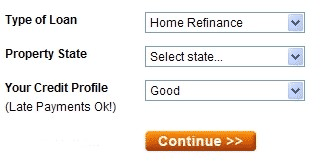Quit Claim Deed

A Quit Claim Deed is a real estate document often mistakenly called a quick claim deed. A quit claim deed is a legal document so be sure to consult a legal professional before you sign one.
Quit Claim Deed Definition
A quit claim deed is a legal document used to give your interest in a property to another person. It can be prepared by an attorney or you can do it yourself. Different states have different requirements on who has to sign. A quit claim deed form can be found anywhere legal forms are sold.
Note: Read Our Top Five Mortgage Complaints!
Most of the time it is just the grantor who signs which is the person giving ownership interest to another person. It has to be notarized and recorded at the county. The quit claim does not guarantee the property is free of liens, mortgages, etc.
One common reason for using a quit claim is divorce but if there is a mortgage on the property, it is more complicated than using a quit claim deed. One party moves out of the home and quit claims their ownership interest in the property to the one staying in the home thinking they are free.
If both parties are responsible for a mortgage on the property, it just transfers the person off the title. They would still be responsible for the mortgage until the home is refinanced or sold. I don’t think someone would want to be responsible for a mortgage on a property they no longer hold title to.
That means the person who stayed and is still on title can default on the mortgage and that default will also be on the credit file of the person who left and is not on title.
It also does not put a person on a mortgage like in the case of a new marriage. If you are quit claimed onto a property with a mortgage, you are not automatically on the mortgage. You are just on the title. You have to get a new mortgage and qualify using your income, credit, and assets.
Author: Terri Ewing
Previous Post: « Truth-in-Lending Disclosure
Next Post: » Tranche
More Related Posts:
Did you like this post?
If so, please consider leaving a comment below or subscribing to the RSS feed to have future articles delivered to your feed reader or delivered by email.




Leave a Reply